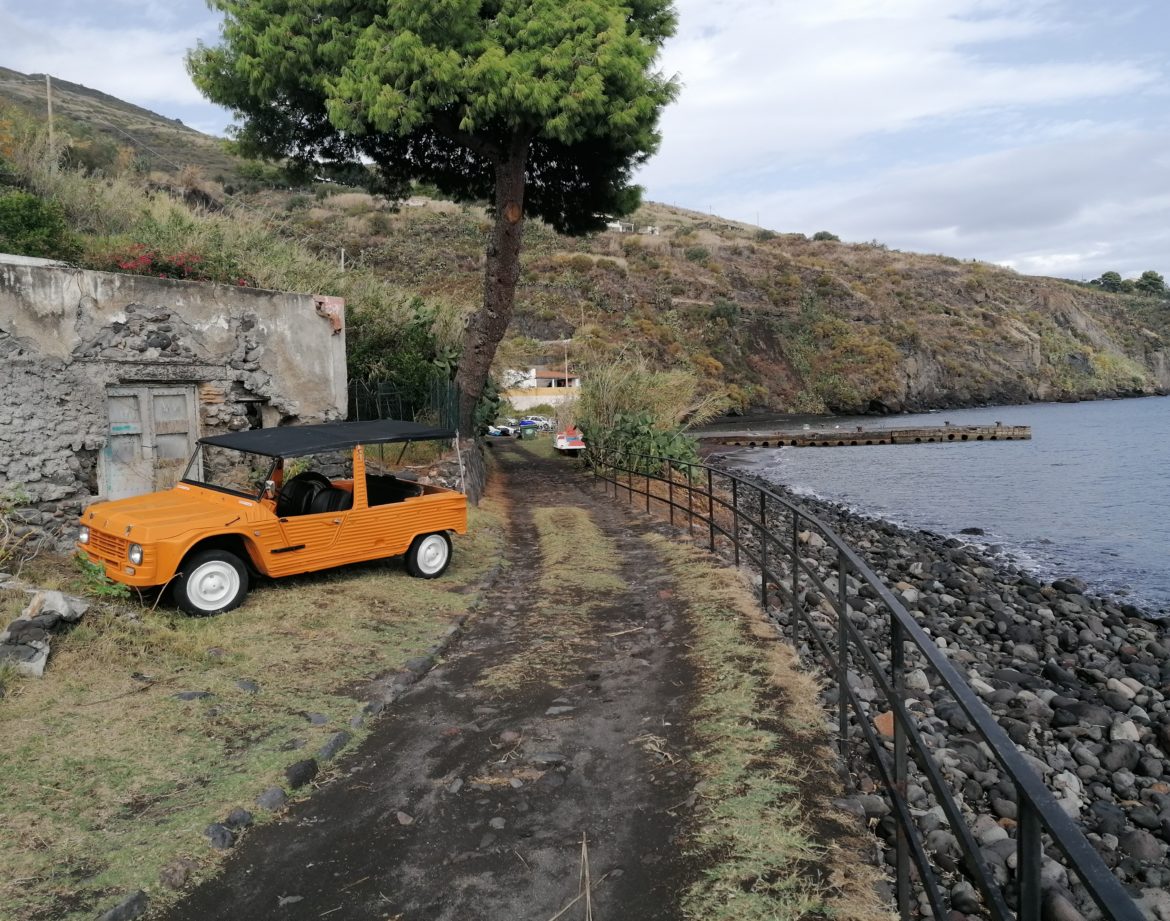One of the pearls of the Aeolian archipelago is Lipari, an island with a long history and therefore endowed with great charm as well as extraordinary naturalistic beauties. A mandatory destination for those who want to venture into the Aeolian Islands.
Origins of the town
In ancient times it was called “Lipara”, which in ancient Greek means rich and fertile. It is said that the first populations to have inhabited these lands date back to about 10,000 years ago, or the Mesolithic. During this period, the dominant activity is the processing of obsidian (a stone present in large quantities throughout the archipelago). Civilization developed more in the Neolithic, making the obsidian processing activity flourish. In Lipari there are testimonies to this effect that date back to the fourth millennium BC. and which are located in the hamlet of Quattropiani. Lipari then experienced the period of domination of the Italic kings, many years of abandonment and then the Greek domination. The Greeks remained in particular on this island for many years, due to its strategic position. The inhabitants of Lipari allied themselves with the Greeks of Syracuse against those of Athens, benefiting from the subsequent dominion by Syracuse. During the Punic wars there was a battle called “of the Lipari Islands”, during which the Romans clearly lost against the Carthaginians. Later the Romans redeemed themselves, but at the time they did not give much importance to Lipari and the other Aeolian islands. During the Roman period, Lipari was of strategic importance only during the civil wars. After the fall of the Western Roman Empire, Lipari remained free as it was of no interest to any of the conflicting populations at that time. It was then occupied by the Saracens together with the other Aeolian Islands, then annexed to the Emirate of Sicily. Later, starting in 1064, it passed under the control of the family
Altavilla. Lipari was a place of confinement for Italian and foreign civilians (especially Yugoslavs), during the Fascist period and even beyond. It is estimated that the colony, directed by the director of the public safety commissioner Giuseppe Geraci, hosted 383 confined between 1926 and 14 July 1943.
What to see
A must is the most impressive symbol of Lipari, the Castle. It is a building erected on a promontory overlooking the sea and which provides for a contamination of various styles. The fortification, for example, dates back to Roman times, while the entrance gallery is in neo-Gothic style. The castle complex also houses various religious structures, including the Church of Santa Caterina and the Church of the Addolorata. Another interesting place is the Aeolian Archaeological Museum, born in 1954 and exhibiting the results of the excavations conducted on the Aeolian Islands from the 1940s to today. This is also located inside the Castle of Lipari and is divided into six different areas, ranging from the prehistoric section to that of paleontology.
What to do
In addition to visiting the famous Castle and visiting some beaches, the Belvedere Quattrocchi is strongly recommended. You will find yourself on a hill where you can admire all the beauty of the island and take wonderful photos, especially at sunset. It is a belvedere from which you can see the stacks of Pietra Menalda and Pietra Lunga, the imposing Volcano, the beach of Valle Muria, as well as the inlets of the coast.
What and where to eat
The culinary tradition of the Aeolian Islands has some peculiarities. Lipari, for example, has two typical sweets, namely the nacatole and the spicchitedda. The nacatole are made up of external pasta (made from flour, lard, eggs and
sugar) and a filling with a mixture of almonds, sugar, mandarin juice and various spices. Once composed, like a kind of tortello, the external pasta is decorated with the use of tweezers and razor blades, making it pleasant.
Spicchitedda, on the other hand, are characterized by a bright brown color due to the use of cooked must, commonly called cooked wine, and are particularly spicy. The dough is made from flour, sugar, cooked wine, lard and flavored with cloves, orange zest or mandarins and cinnamon.To taste these sweets and other land and sea specialties, in Lipari are recommended Da Filippino and Kasbah.
The beach
Lipari has no shortage of beautiful beaches where you can enjoy a little relaxation. The best known is the White Beach, so called due to the presence of pumice stone on the seabed. The sand, on the other hand, is fine and black, the sea is spectacular and is ideal for both those who want to swim and snorkelers. The Valle Mura beach, on the other hand, is made up of grains and pebbles and is surrounded by volcanic rocks of different colors and shapes. A quiet and suggestive beach like that of Punta Crepazza, formed by a series of
coves and surrounded by nature.
How to come
The island of Lipari can be reached by ship, specifically from Naples and Milazzo. In addition, to get to this Aeolian island you can take the ferry from Milazzo or the hydrofoil from Palermo, Messina, Milazzo, Reggio Calabria
Naples and salerno


Comment (0)